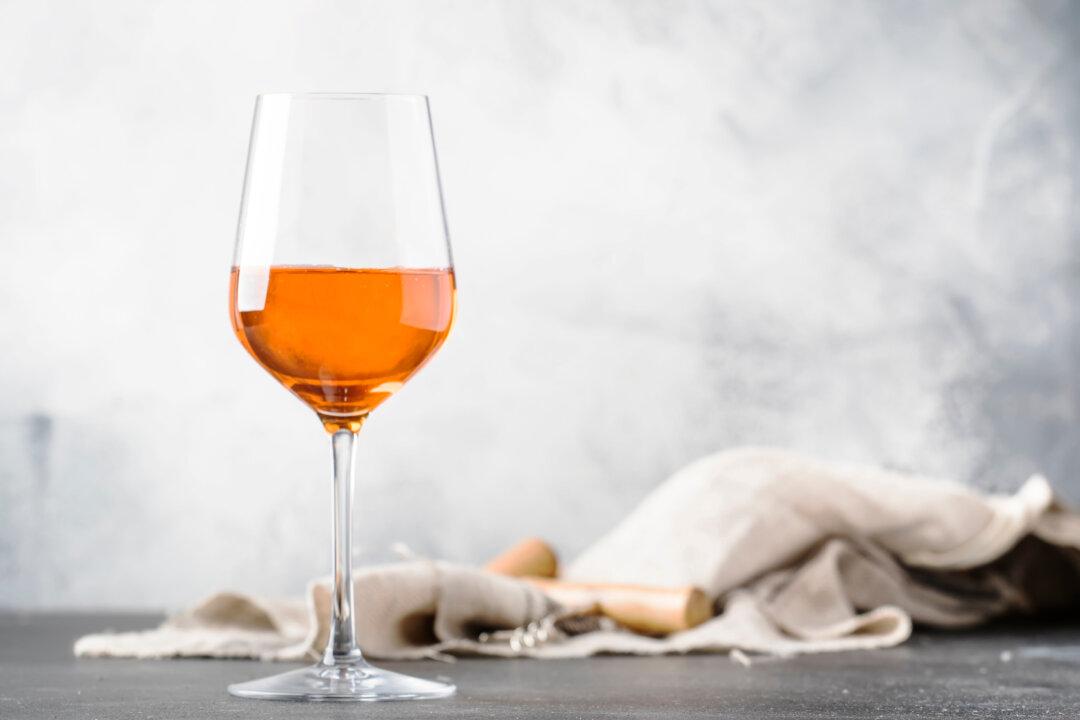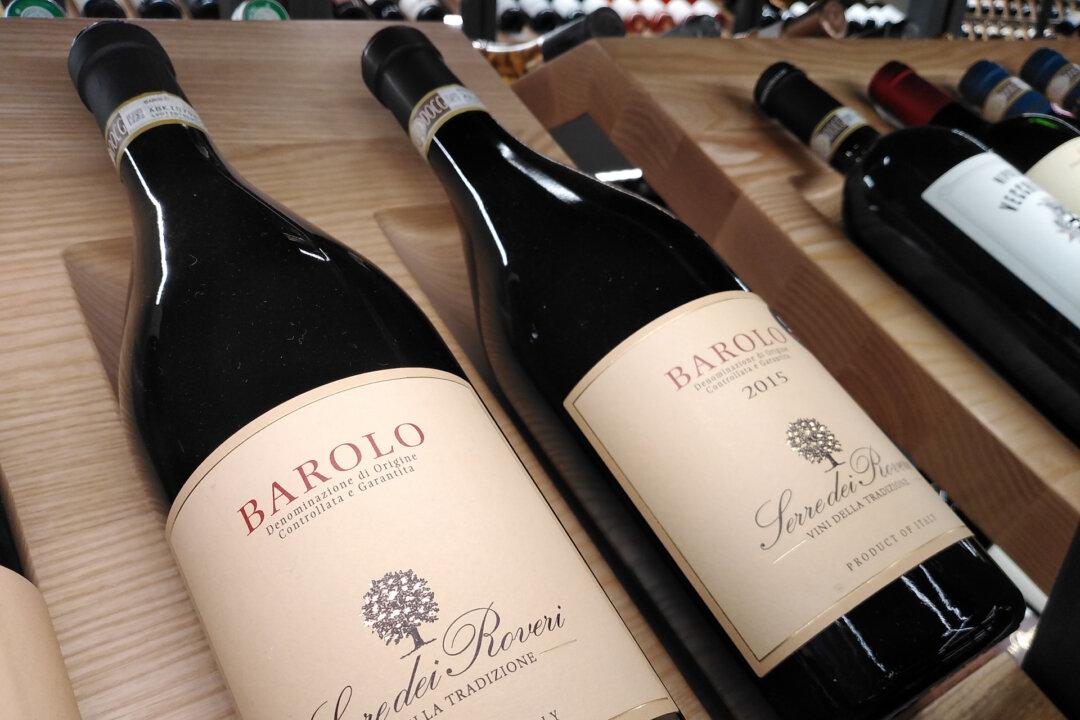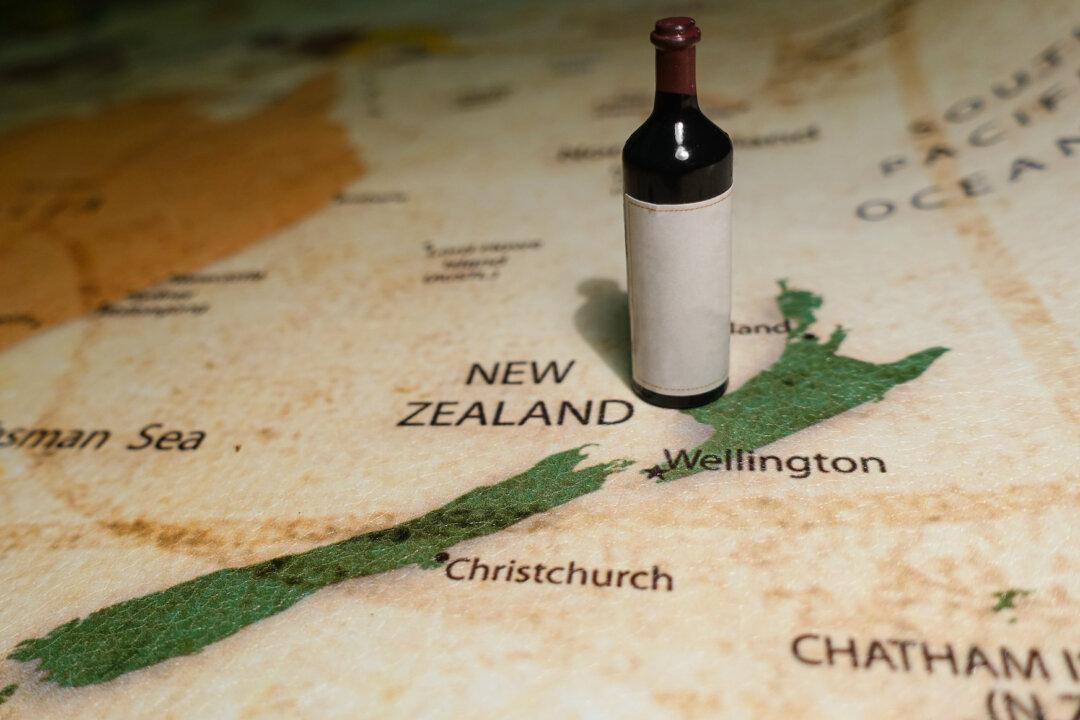There are many reasons that the phrase, “There’s no free lunch,” usually is accurate, but there are ways to save money when it comes to wine—and to say that this column ought to be called “Free Wine” isn’t really a stretch.
To make this case meaningful, here are some issues that are at play with most of today’s California wines and why my solution, stated below, is valid.
Firstly, far too many wines have higher alcohol contents than they really need for enjoyment. Historically, most of California’s wines used to be at 12 percent to 13 percent alcohol at the most. We never saw percentages higher than that through the early 1980s.
Secondly, most California wines today are made with low acid levels, making them fine to be served as aperitifs or for before-dinner or patio sipping. But they’re not as great as they should be with meals.
Thirdly, with the way most California wines are being made today, most taste much better when they’re slightly chilled, including many red wines. Sure, this is counterintuitive, the opposite of what we’ve always learned about red wine being served basically at room temperature.
Taken individually, these three truisms aren’t really an indictment of many of today’s wines. But all three, if found in a single wine, can make it a little too bland and not particularly balanced or interesting with food.
A fourth fact: Many people now seek wines with lower alcohol levels to improve their health. Zinfandels with 16 percent alcohol really aren’t twice as good as 7 percent alcohol German rieslings.
The solution is found in your freezer. It’s ice.
I can’t imagine a single winemaker or wine critic telling you that you should put small ice cubes into every wine you attempt to consume for maximum enjoyment.
For one thing, adding an ice cube to your wine is absolutely anti-romantic, not to mention a purist’s laugh line. I probably wouldn’t do this with any truly great wine, such as a classic Bordeaux, a Le Montrachet, or Dom Pérignon. When it comes to special wines, most should be sampled on their own to determine the winemaker’s intent, the vineyardist’s art, and to watch as the wine evolves in the glass.
But for everyday wines, like a $10 bottle of chardonnay or a $12 bottle of cabernet sauvignon, adding a small ice cube to your glass does several things. One is to lower the alcohol slightly, and another is to cool the wine down to more enjoyable levels.
If this is done carefully, making certain not to add too much ice because of the dilution effect, many wines can become more enjoyable for midweek sipping with simpler meals. I do this frequently with red wines that exceed 14 percent alcohol. It works very effectively for wines above 15 percent.
Again, I caution against doing this with exalted wines, but even there, an ice cube can work wonders. I’ve often tasted some expensive reds that had 16 percent alcohol or more. In those cases, some dilution and chilling can bring them into a state of more pleasure.
Before adding ice to a wine, one tactic that could be tried is to add frozen plastic ice cubes that are specifically made to cool beverages without diluting them. I keep about a dozen gel-filled plastic cubes in my freezer and use them often.





